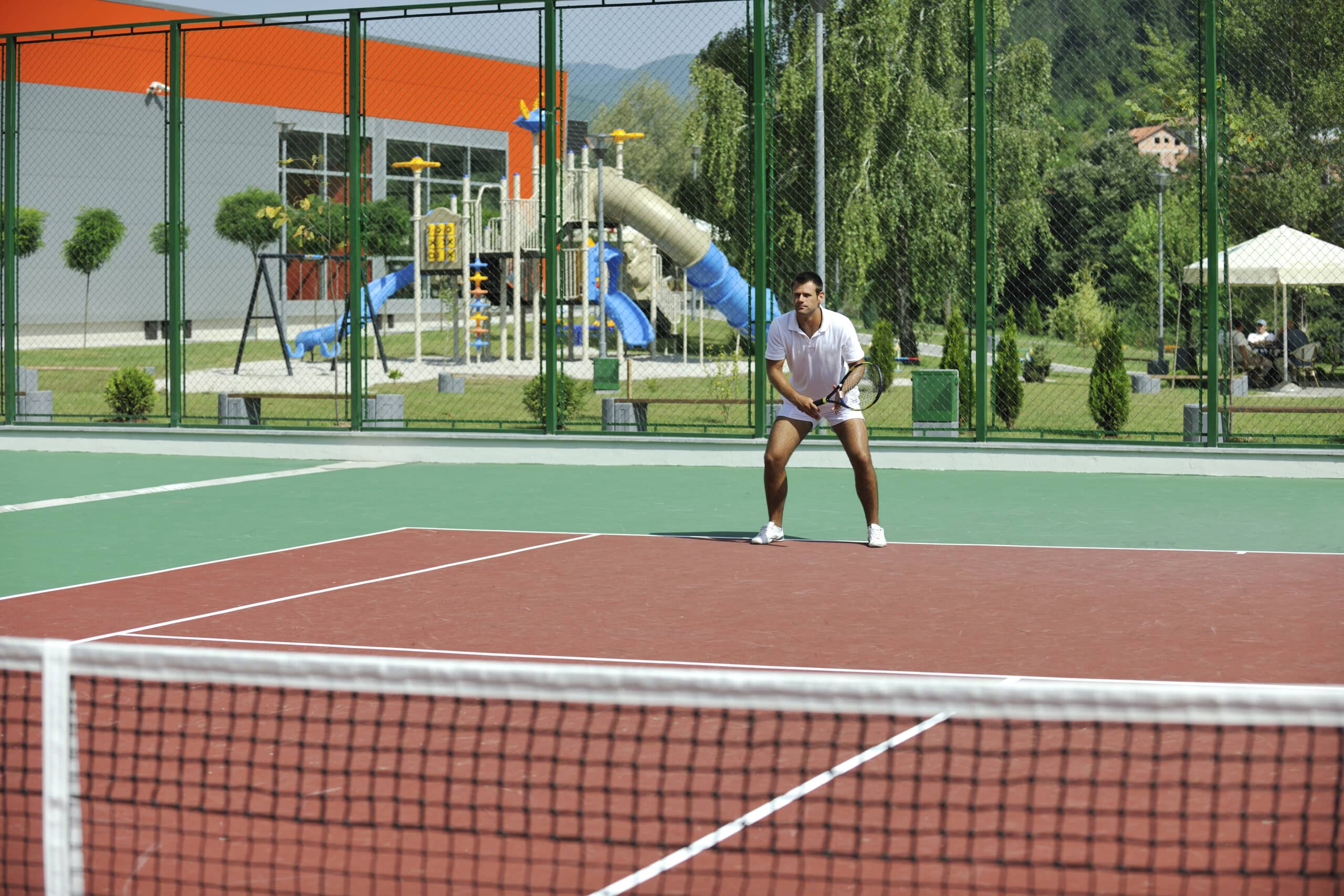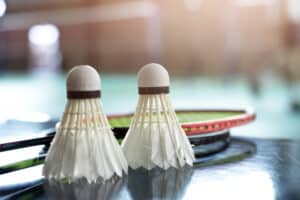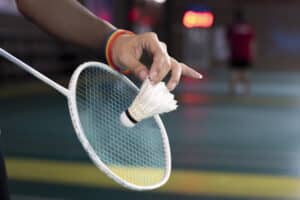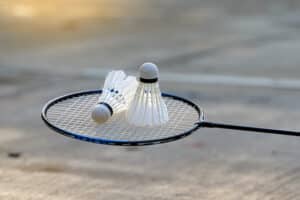What is the Best Material for an Outdoor Badminton Court?
Key Takeaways
- Wooden courts are considered one of the best options for outdoor badminton courts, offering durability, a natural feel, good ball bounce, and slip-resistance.
- Synthetic courts made from materials like PVC or PU are popular due to their durability, cost-effectiveness, slip-resistance, and good ball bounce.
- Cement courts are not recommended for outdoor badminton due to their hard and unforgiving nature, which can increase the risk of injuries and impact player performance and enjoyment.
When it comes to creating an outdoor badminton court, choosing the right material is essential for providing a good playing experience. The surface material affects factors such as durability, ball bounce, grip, and maintenance requirements. In this article, we will explore the different materials commonly used for outdoor badminton courts and determine the best option based on expert recommendations and the pros and cons of each material.
Wooden Courts
Wooden courts are often considered one of the best options for outdoor badminton courts. They offer durability, a natural feel, good ball bounce, and slip-resistance. The wooden surface provides a firm yet forgiving playing experience, allowing players to move swiftly and make precise movements on the court. However, it’s important to note that wooden courts can be expensive to install and require regular maintenance to preserve their quality. Regular sanding, sealing, and painting may be necessary to keep the wooden surface in top condition.
Synthetic Courts (PVC/PU)
Synthetic courts, made from materials like PVC or PU, have gained popularity in recent years. They offer several advantages, including durability, cost-effectiveness, slip-resistance, and good ball bounce. Synthetic courts provide a consistent playing surface that is easy to maintain. However, it’s worth mentioning that synthetic courts can become slippery in wet weather conditions, which may affect player safety. Additionally, some players may find that synthetic courts lack the natural feel provided by other materials.
Acrylic Courts
Acrylic courts are another option worth considering for outdoor badminton courts. They are slip-resistant, provide good ball bounce, and are more weather-resistant compared to other types of outdoor court mats. Acrylic courts can withstand the elements and maintain their performance over time. However, it’s important to note that acrylic courts are generally more expensive than other options. Additionally, like synthetic courts, they may not provide the same natural feel as wooden courts.
Cement Courts
Cement courts are not recommended for outdoor badminton due to their hard and unforgiving nature. Playing on a cement surface can increase the risk of injuries, as it lacks shock absorption and cushioning. Cement courts may cause strain on players’ joints and muscles, impacting their overall performance and enjoyment of the game.
Based on expert recommendations and the analysis of different materials, it is clear that wooden courts and synthetic courts (PVC/PU) are the top choices for outdoor badminton courts. Wooden courts provide a natural feel, good ball bounce, and slip-resistance, but they come with a higher cost and maintenance requirements. On the other hand, synthetic courts offer durability, cost-effectiveness, slip-resistance, and good ball bounce, but they may be slippery in wet weather conditions and lack the natural feel of other materials.
Ultimately, the choice between wooden and synthetic courts depends on individual preferences, budget considerations, and maintenance capabilities. Both options can provide an enjoyable playing experience, and it’s important to weigh the pros and cons before making a decision. With proper care and maintenance, either material can create a high-quality outdoor badminton court.
Related Websites:
FAQs:
Q: What factors should I consider when choosing an outdoor badminton court material?
When choosing an outdoor badminton court material, you should consider factors such as durability, grip and traction, resistance to climate and weather conditions, maintenance requirements, and cost.
Q: What are the advantages of grass courts for outdoor badminton?
Grass courts provide a natural feel and have a softer surface impact compared to other materials.
Q: What are the disadvantages of grass courts for outdoor badminton?
Grass courts require high maintenance and are weather-dependent.
Q: Are concrete courts suitable for outdoor badminton?
Concrete courts are suitable for outdoor badminton due to their durability and low maintenance requirements.
Q: What are the disadvantages of concrete courts for outdoor badminton?
Concrete courts have a hard surface impact and limited shock absorption.






